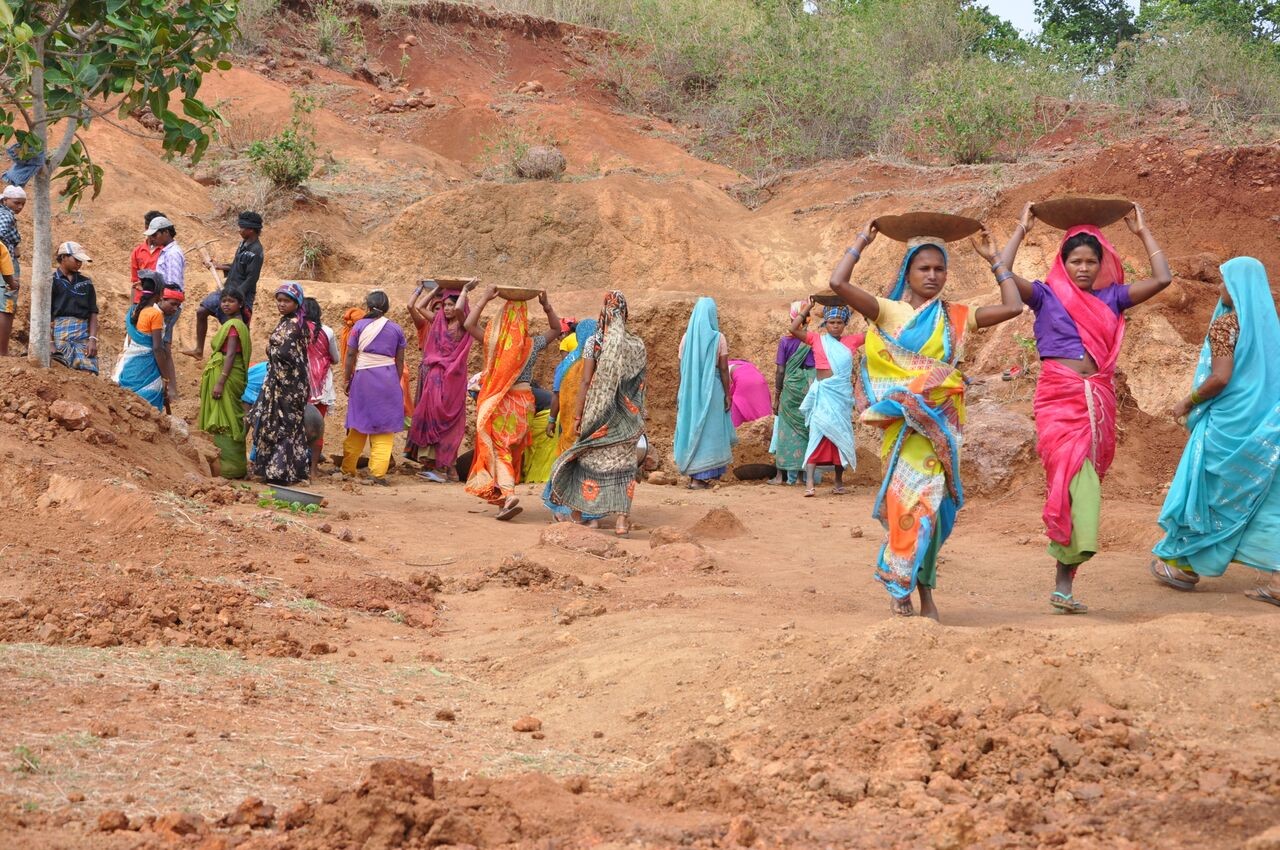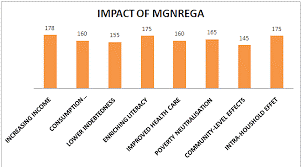Free Courses Sale ends Soon, Get It Now


Free Courses Sale ends Soon, Get It Now



Figure 3: No Copyright Infringement Intended
The Mahatma Gandhi National Rural Employment Guarantee Act (MGNREGA) has the following objectives:

© 2024 iasgyan. All right reserved